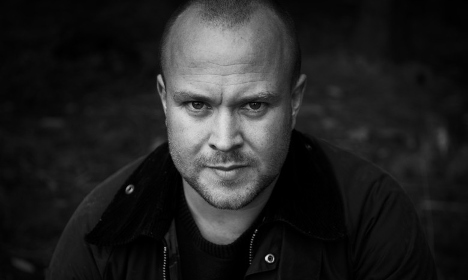Landskrona-born Daniel Berlin took home the honour for the second year in a row, with the brains behind southern Swedish restaurant Daniel Berlin Krog i Skåne Tranås beating world-famous Fäviken Magasinet cook Magnus Nilsson to top spot.
The prize, voted on by 100 of the best chefs in Sweden, was given to Berlin at an awards ceremony at Stockholm’s posh Operakällaren restaurant.
Kockarnas Kock #svenskagastronomipriset2016 pic.twitter.com/setxvmXzWP
— Daniel Berlin Krog (@BerlinOsterlen) 10 oktober 2016
“This is absolutely the nicest award I’ve ever received. The people who voted for this know: they go through what you go through,” Sweden’s newly named top chef told Sveriges Radio.
Anyone keen to try out Berlin’s one-Michelin-starred restaurant should be prepared to pay a premium. Lunch sets diners back 950 kronor ($108), while dinner costs 1650 kronor ($188).
Even the juice menu starts at 350 kronor ($40) at lunchtime, before increasing to 650 ($74) kronor at dinner.
According to Swedish chefs, these are this year’s top ten chefs in Sweden:
1. Daniel Berlin, Daniel Berlin, Skåne Tranås
2. Magnus Nilsson, Fäviken Magasinet, Järpen
3. Sayan Isaksson, Esperanto, Stockholm
4. Mathias Dahlgren, Mathias Dahlgren Matbaren, Stockholm
5. Björn Frantzén, Frantzén, Stockholm
6. Magnus Ek, Oaxen Krog, Stockholm
7. Jacob Holmström, Gastrologik, Stockholm
8. Paul Svensson, Fotogafiska, Stockholm
9. Adam Dahlberg, Adam & Albin, Stockholm
10. Stefan Karlsson, SK Mat & Människor, Gothenburg
READ ALSO: Swedish restaurant named among world's best



 Please whitelist us to continue reading.
Please whitelist us to continue reading.